The Spanish Civil War and Revolution of 1936 was arguably the 20th century’s greatest experiment in economic democracy. Seizing the opportunity opened by the conflict between the Spanish Republic and right-wing Nationalists, Spain’s workers and peasants built a new economy in the midst of the chaos.
Altogether, approximately 18,000 enterprises – nearly all industries in Catalonia and 1700 villages across the country – were collectivized between 1936 and 1937. For a brief moment, ordinary people – not capitalists or bureaucrats – were in control of the economy.
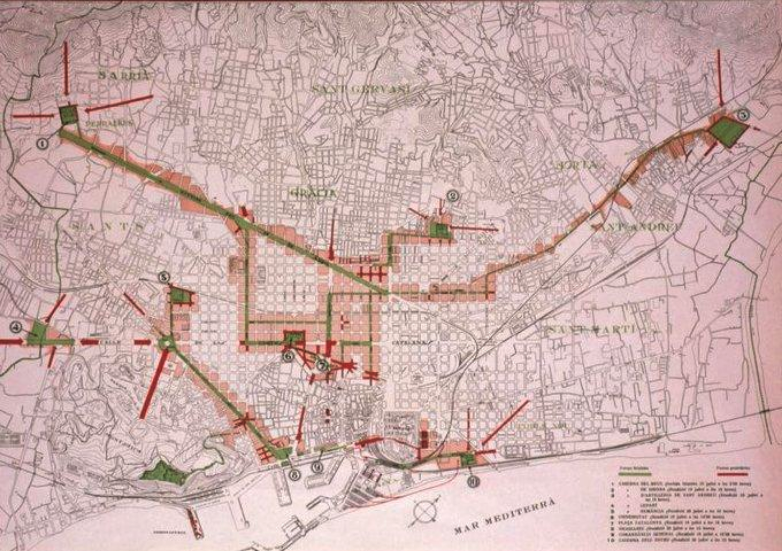
Shortly after their victory, however, Spain’s newly empowered masses faced difficult questions of pragmatism and principle. Should wealthy collectives be forced to support poorer ones, or did the principle of local autonomy outweigh the principle of mutual aid? Should radicals develop economy-wide strategies to defeat fascism, or were principles of voluntarism more important?
It was one thing to wrestle with an enemy to seize an economy; it was another to wrestle with one’s own principles in order to run it.
By learning how these revolutionaries tried to navigate the dilemmas of victory, we can better address the tensions that will likely emerge as support for economic democracy grows in our own time.
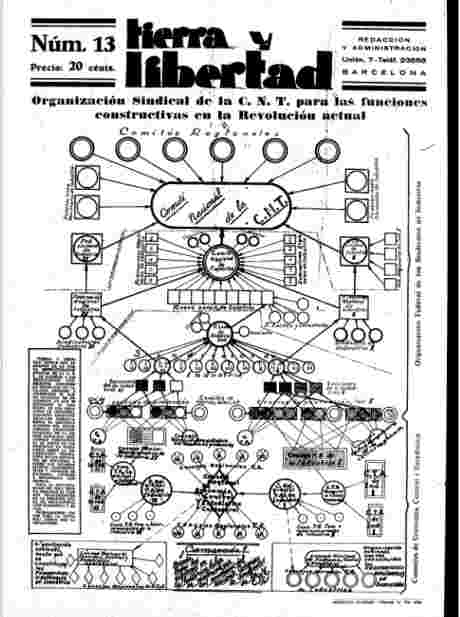
It is useful to begin by examining how Spain was able to achieve a highly collectivized economy so quickly, and so democratically. Spain, like Russia before its 1917 Revolution, was a highly agricultural society with deep traditions of communal land ownership. Where the Russian Bolsheviks sought to uproot these traditions in favor of industrialization and centralization, Spanish radicals – influenced heavily by anarchists like Peter Kropotkin and Mikhail Bakunin – sought to preserve and radicalize agrarian traditions and autonomy.
The key instrument of this radicalization was the Confederación Nacional del Trabajo (CNT), a federation of regional anarcho-syndicalist unions. Ever since its founding in 1910, members of the CNT – largely ordinary workers – had proselytized the cause of a decentralized and socialized economy across the country. Rather than impose a rigid theoretical and organizational framework on its members, the CNT allowed for a great deal of flexibility and experimentation within its ranks.
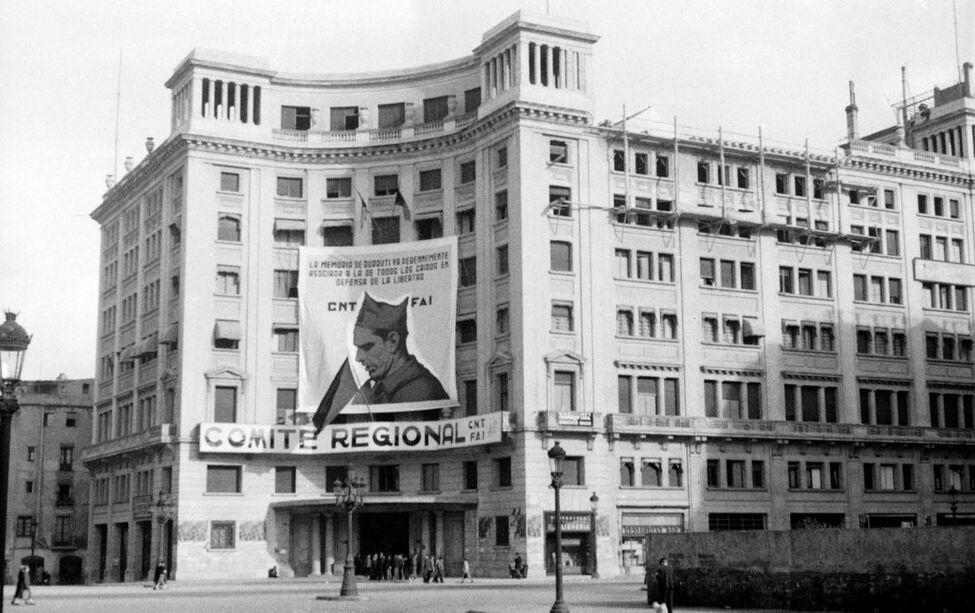
By combining an attentiveness to everyday struggles around wages and housing with a compelling vision of total transformation, the CNT was able to win a mass following by the time of Spain’s Civil War. Whereas the Bolshevik “vanguard” party numbered some 10,000 members in a population of 140 million on the eve of Russia’s Revolution, the CNT enjoyed some 1.5 million members – in a population of only 25 million – in 1934.
The result was that the Spanish Revolution, when it occurred, was neither planned by a self-designated vanguard, nor entirely spontaneous. Rather, it emerged from decades worth of grassroots organizing, agitation, and mobilizing by committed activists. The result was a swift collectivization of the economy.
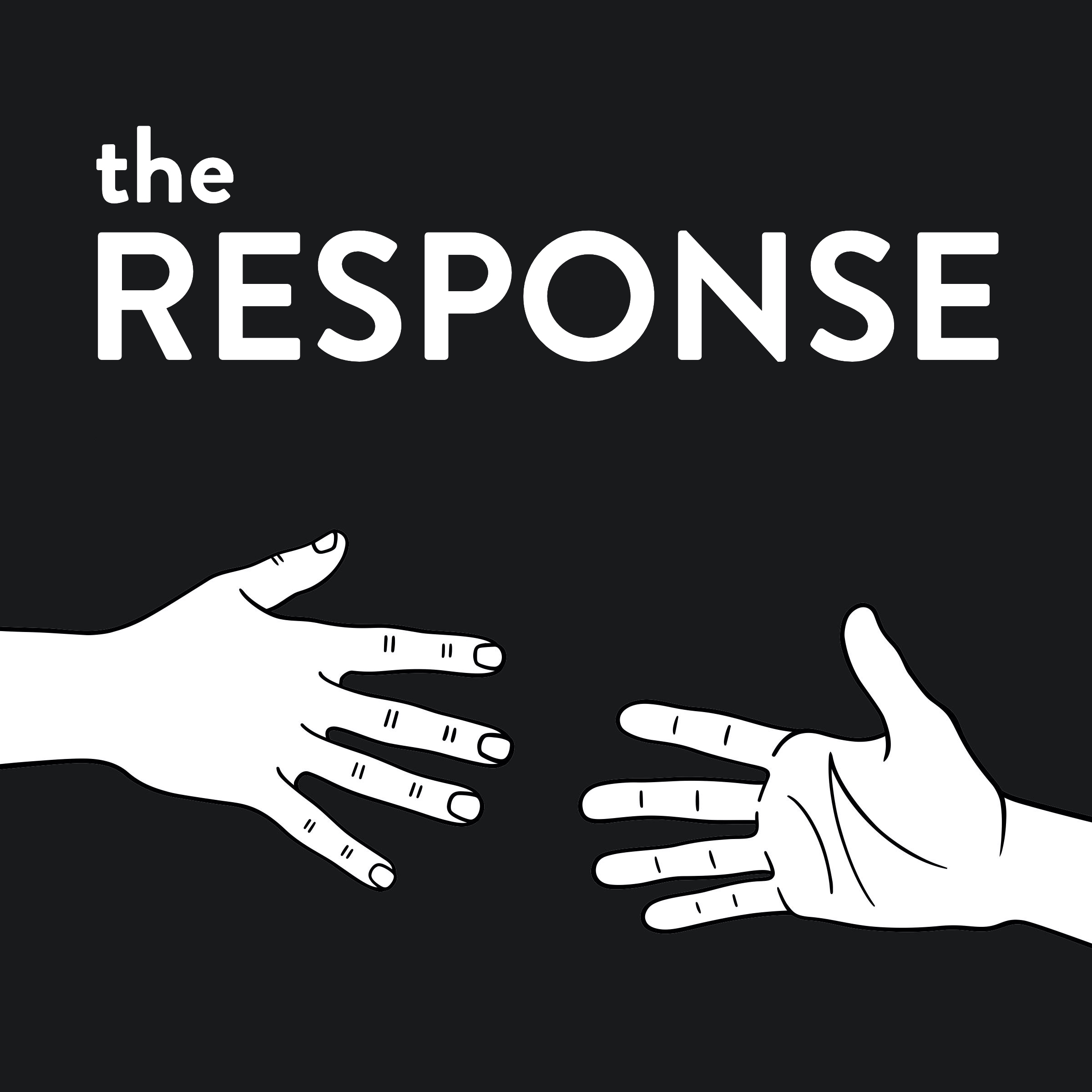 |
Listen to The Response Podcast: Exploring how communities respond to disaster — from hurricanes to wildfires to reactionary politics and more. |
The opportunity came in July of 1936. After failing to depose their government in a coup, members of the right-wing Spanish bourgeoisie abandoned their properties en-masse across the country. Workers and peasants, mobilized by ancient communal traditions and modern institutions like the CNT, took possession of idle fields and factories. State authorities, weakened by the coup, were in no position to stop them.
As one anarchist later wrote, “The revolutionaries drove past these patently powerless governments as though they were corpses.”
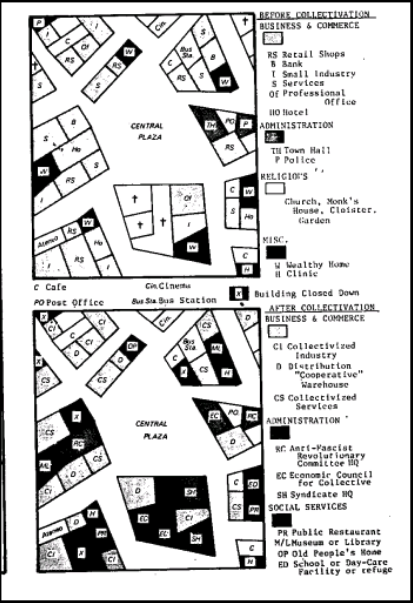
By the autumn of 1937 Spain’s economy was transformed. In the countryside, thousands of villagers cultivated the properties of their former overseers. In the cities, enterprises of every kind – barbers and textile mills, power utilities and railways, restaurants, and shipyards – were under the control of their former employees.
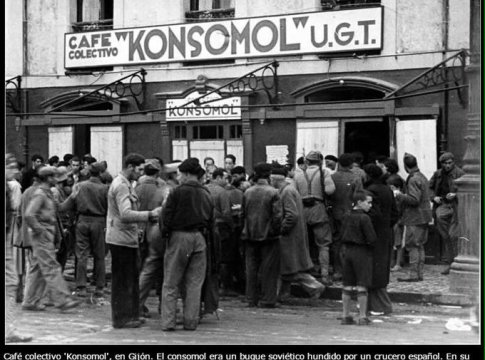
But running an economy, these new radicals found, was almost as difficult as seizing it.
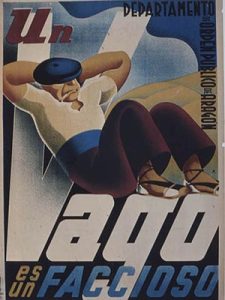
Many of the nation’s new cooperatives – small and poorly financed — competed with one another in order to stay afloat. Workers and peasants refused to share supplies from their “own” collectives with their neighbors’ collectives. And, as the Fascists began their counter-attack, collectives struggled to raise their productivity in order to feed and defend the Republic.
Many radicals, in keeping with their treasured principles of autonomy and voluntarism, looked to ad-hoc mutual aid as a means of solving these problems. Others looked to amalgamation as a means of coordinating the economy. In Barcelona, for example, the Single Barbers’ Union (Sindicato Único de Barberos) reduced their establishments from 1,100 to 235 in order to save costs and raise workers’ wages.
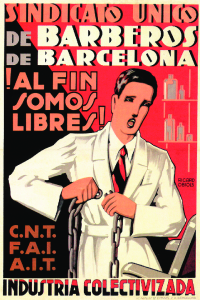
The most comprehensive effort to reconcile autonomy with coordination was through what many radicals called “socialization,” or federalized associations of independent collectives. Such associations would represent collectives while respecting their independence. This was not a new idea: for decades, the CNT had debated and theorized how a fully federalized economy would operate. At this decisive moment, they would have the chance to test these theories.
The most elaborate urban socialization was in Barcelona. Industrial councils made up of all firms within a particular economic sector, developed industry-wide guidelines and regulations. A General Economic Council (Consejos Generales de Economía), made up of delegates from all collectives in the city, provided city-wide economic strategies and assistance.
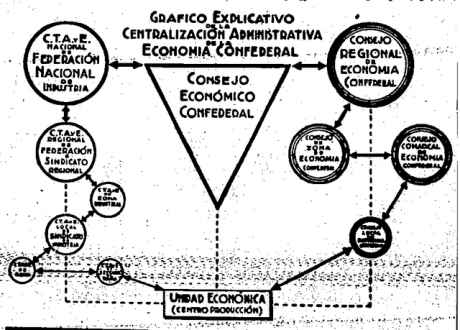
The Federation of Collectives in Aragon was equally comprehensive. At the base of the Federation was the district, made up of 10-20 communes. Each district sent an inventory of their resources to their regional federation, which regulated exchanges between different parts of Aragon.
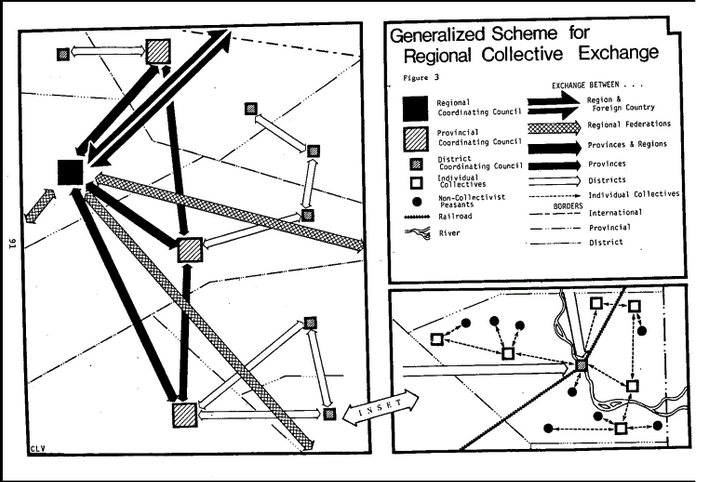
The success of these efforts was mixed. Barcelona’s Consejo, for example, decreed that 50% of all collectives’ profits should be deposited in a local bank, and be used to finance weaker firms or fund new ones. However many cooperatives responded by refusing to fully report their profits to the Consejo.
As one socialist complained, “The anarcho-syndicalist workers had made themselves the owners of everything they collectivized; the collectives were treated as private, not social, property.”

Perhaps, given time, the Spanish revolutionaries would have improved mutuality between their collectives, but time was not on their side. Aggression by the Fascists, and betrayal by the Stalinists, killed the Revolution in its cradle.
But if we idealize the Revolution as a noble experiment prematurely murdered, we risk missing its most important lesson: economic democracy will be built among flawed conditions and by flawed human beings. As such, it is necessary to ask difficult questions about how economic democracy will function in these unpropitious circumstances.
And the revolutionaries themselves recognized this. As one anarchist later wrote, “To avoid posing these questions, to ignore them or to set them aside while saying, ‘the trade unions will solve them’ or ‘talking about this plays into the hands of the enemies of the collectives’ is futile. The questions will still be there.”
To fully answer these questions, we will need a diverse set of voices and perspectives. And the only way to achieve this diversity is by proactively joining the struggles of different groups, just as CNT did decades before the Revolution.
By organizing across lines of race, gender, and geography, and by learning from the difficulties that come with this organizing, we can better win an ecologically and socially just economy for all of us, and navigate the tensions that will inevitably follow.









